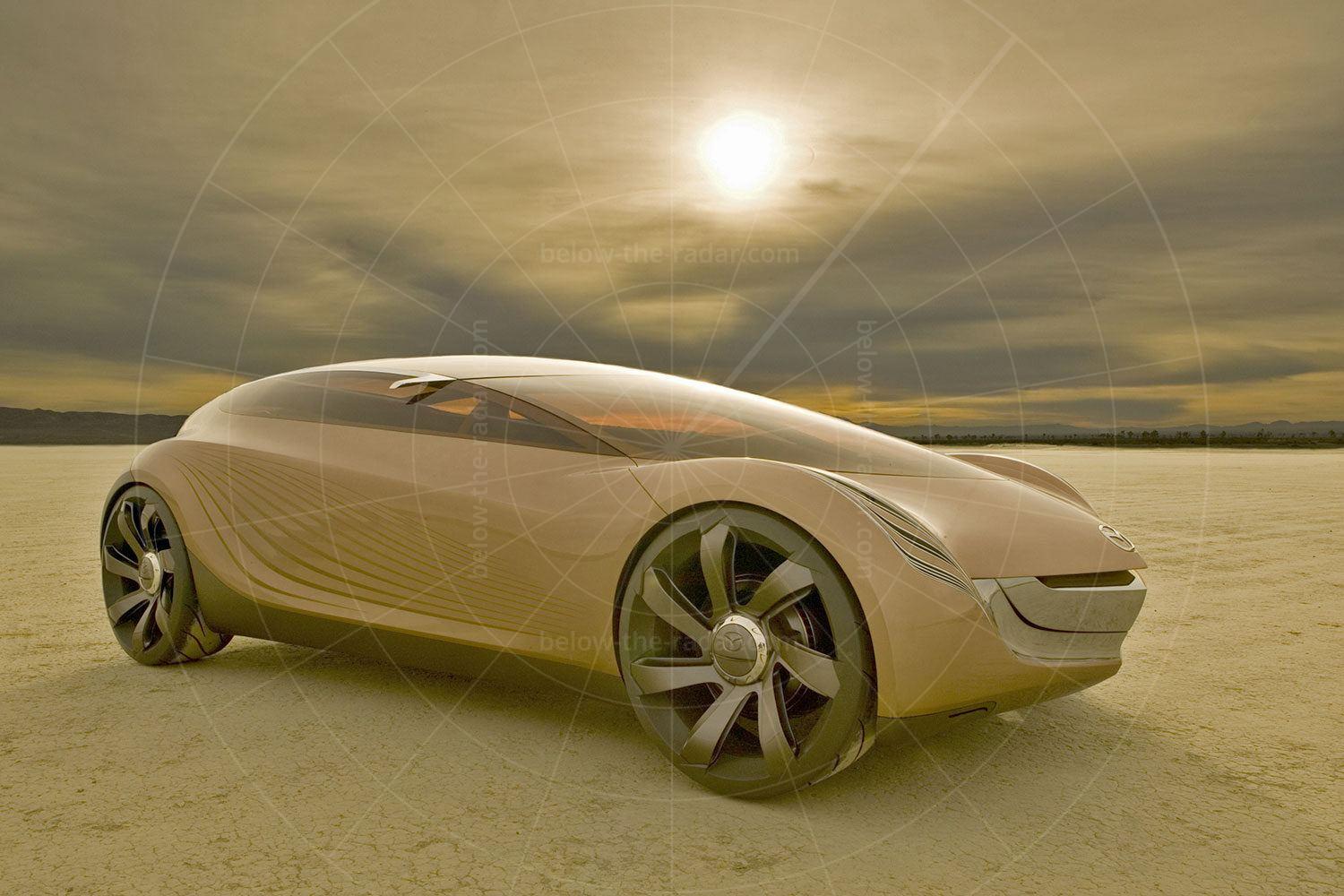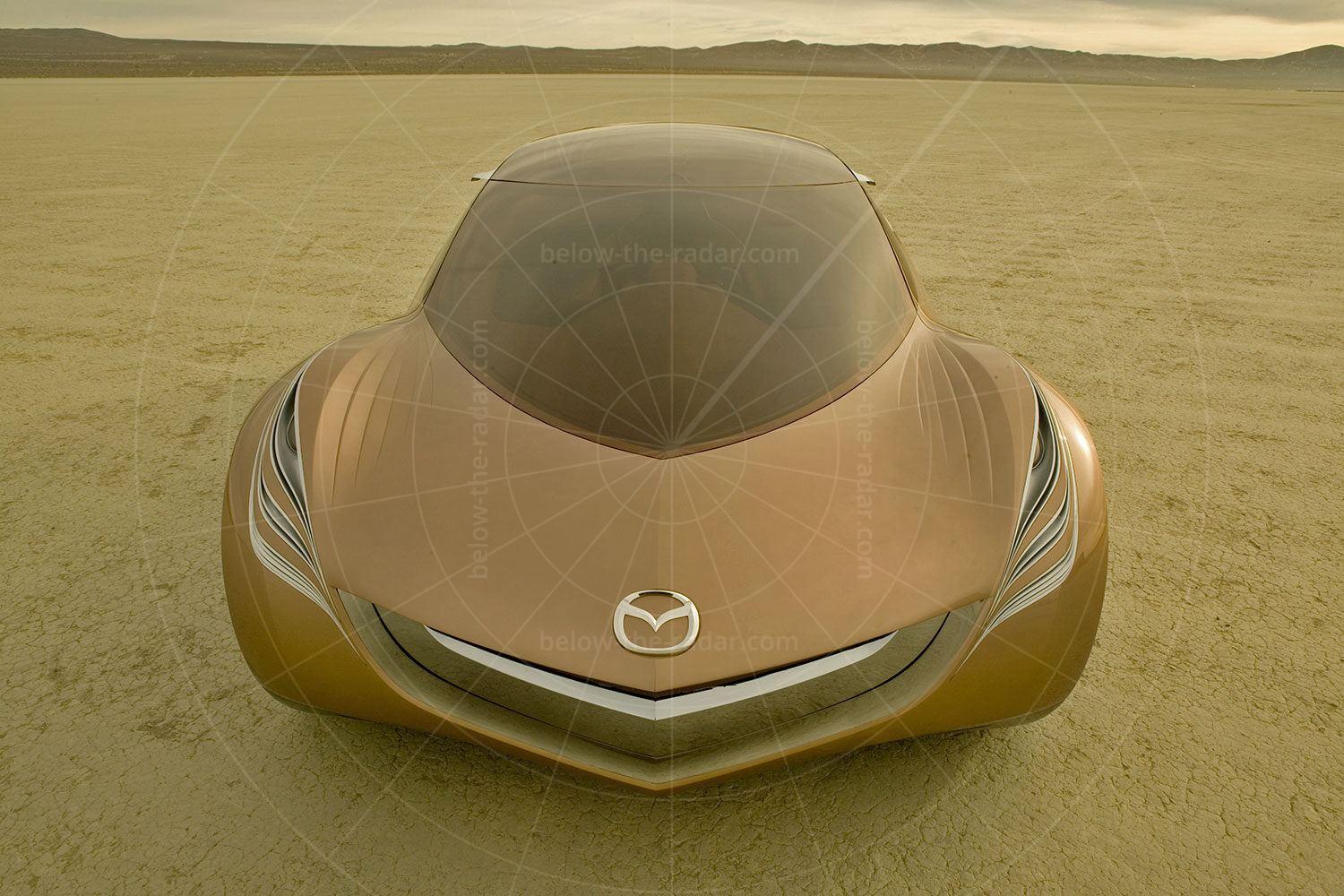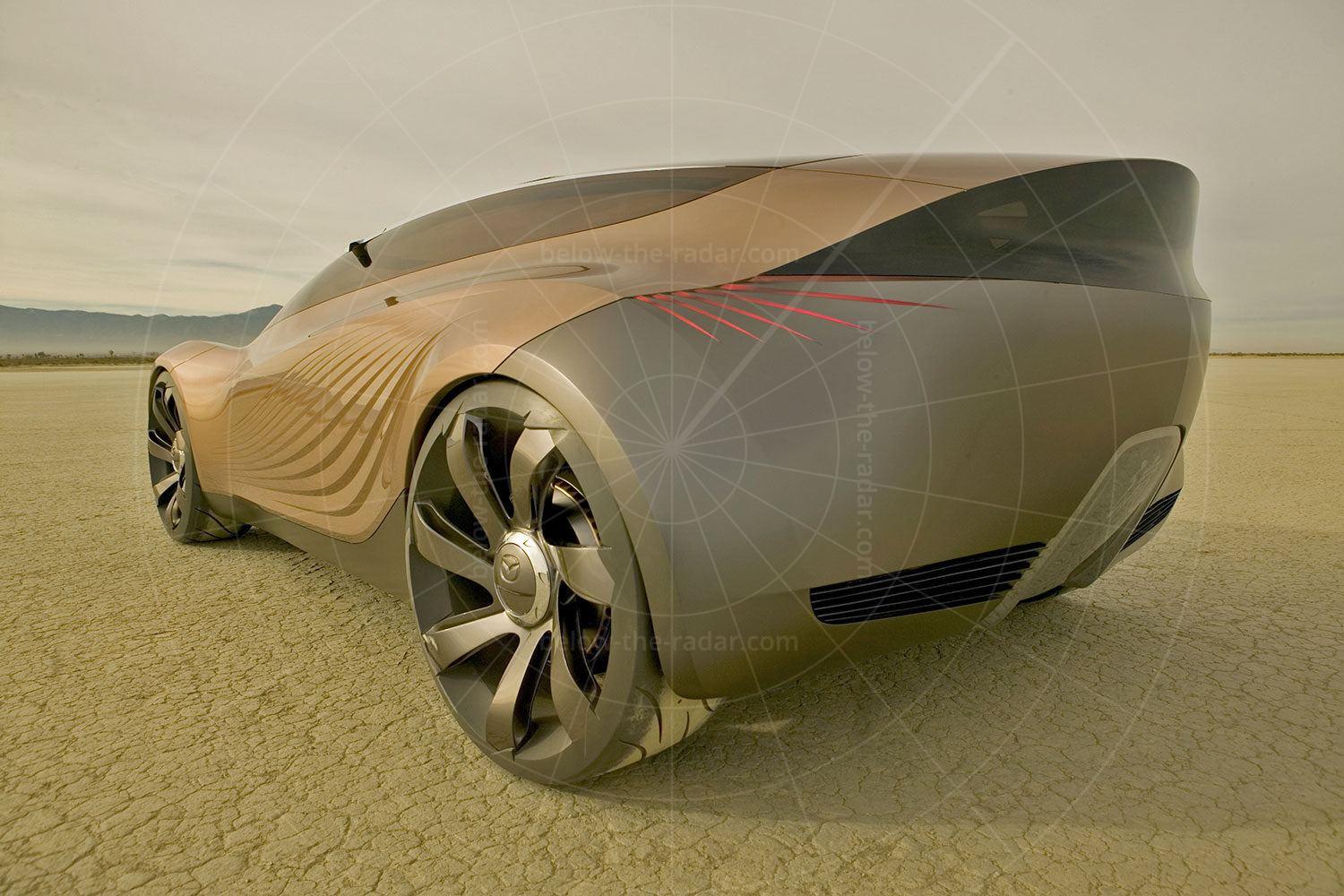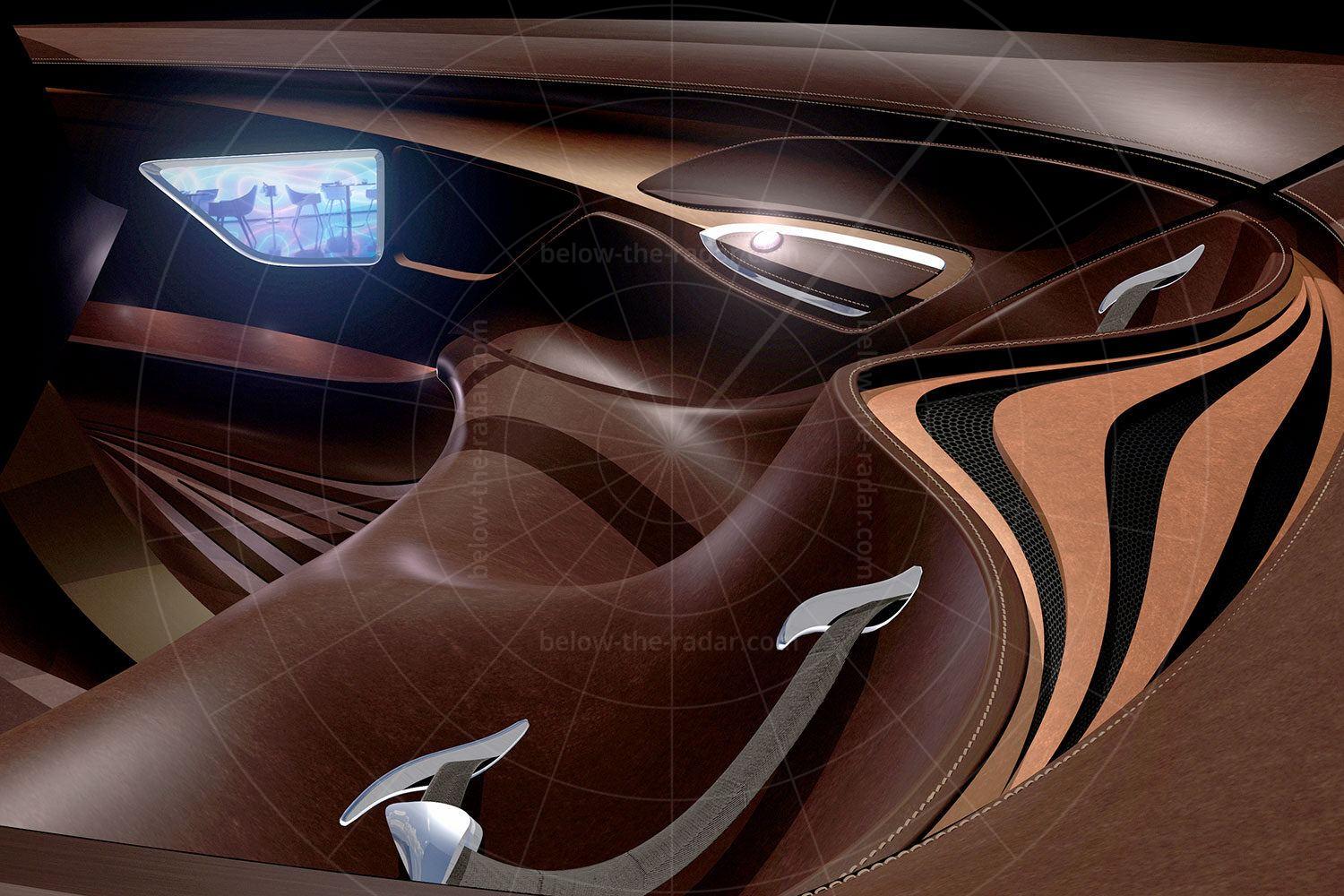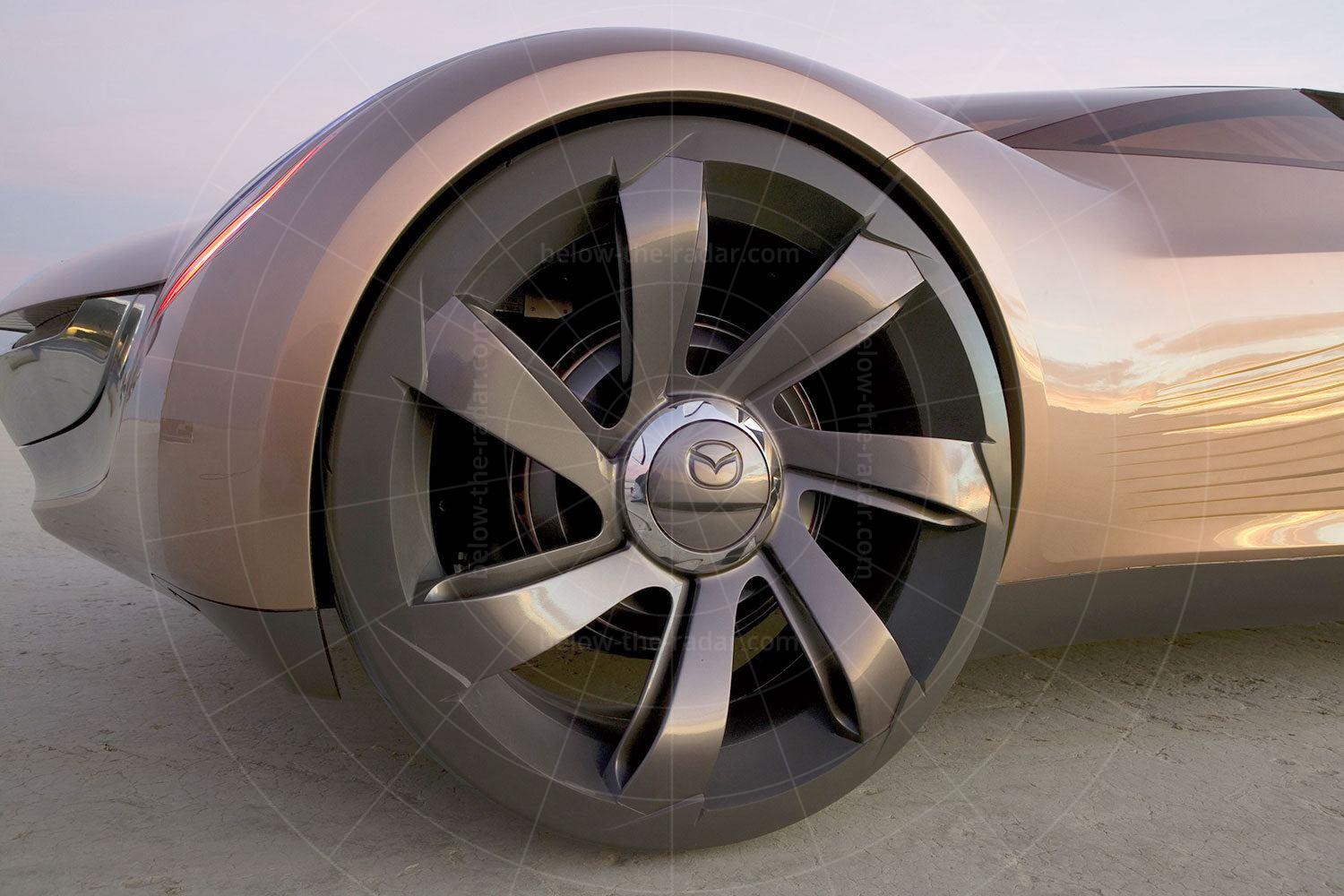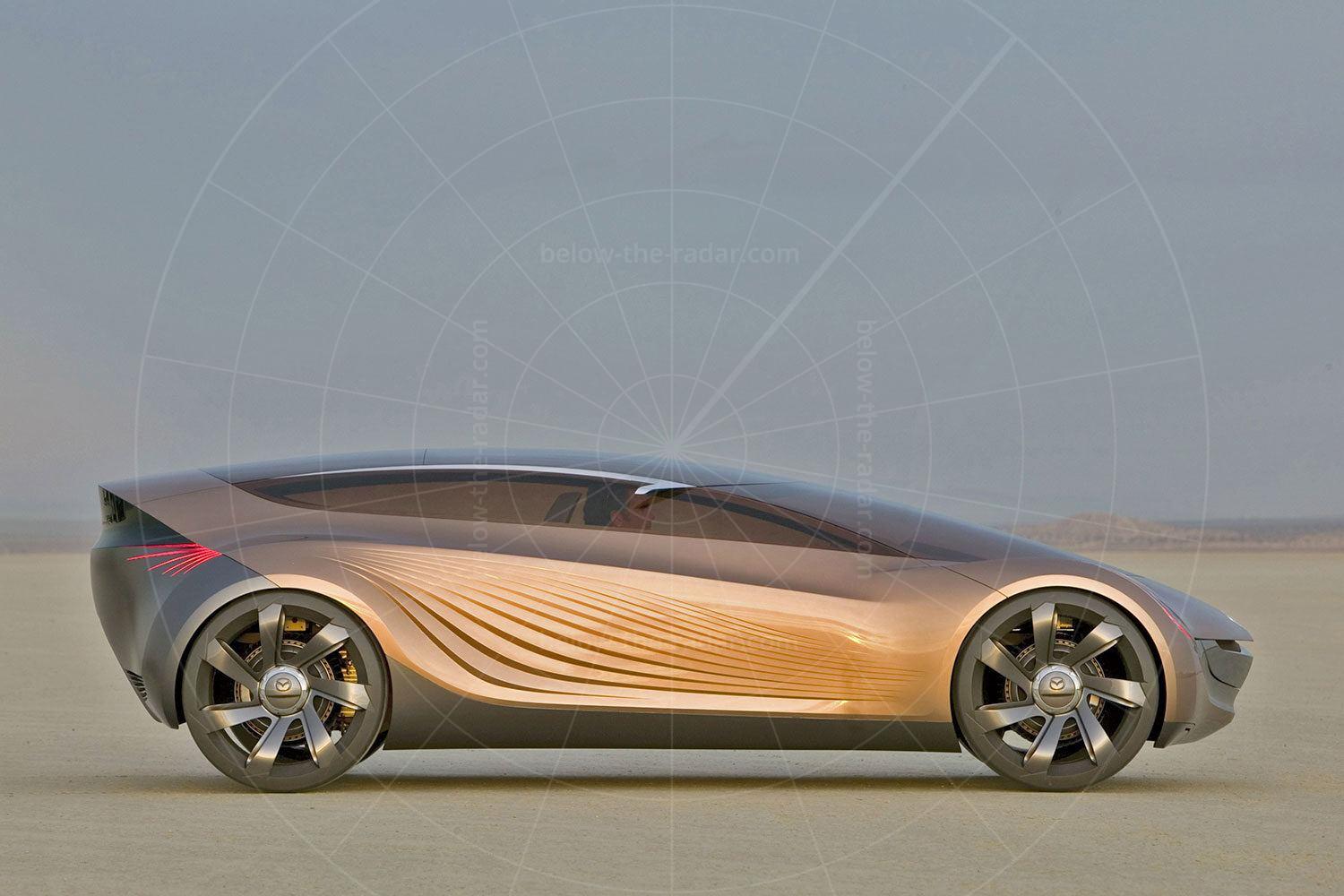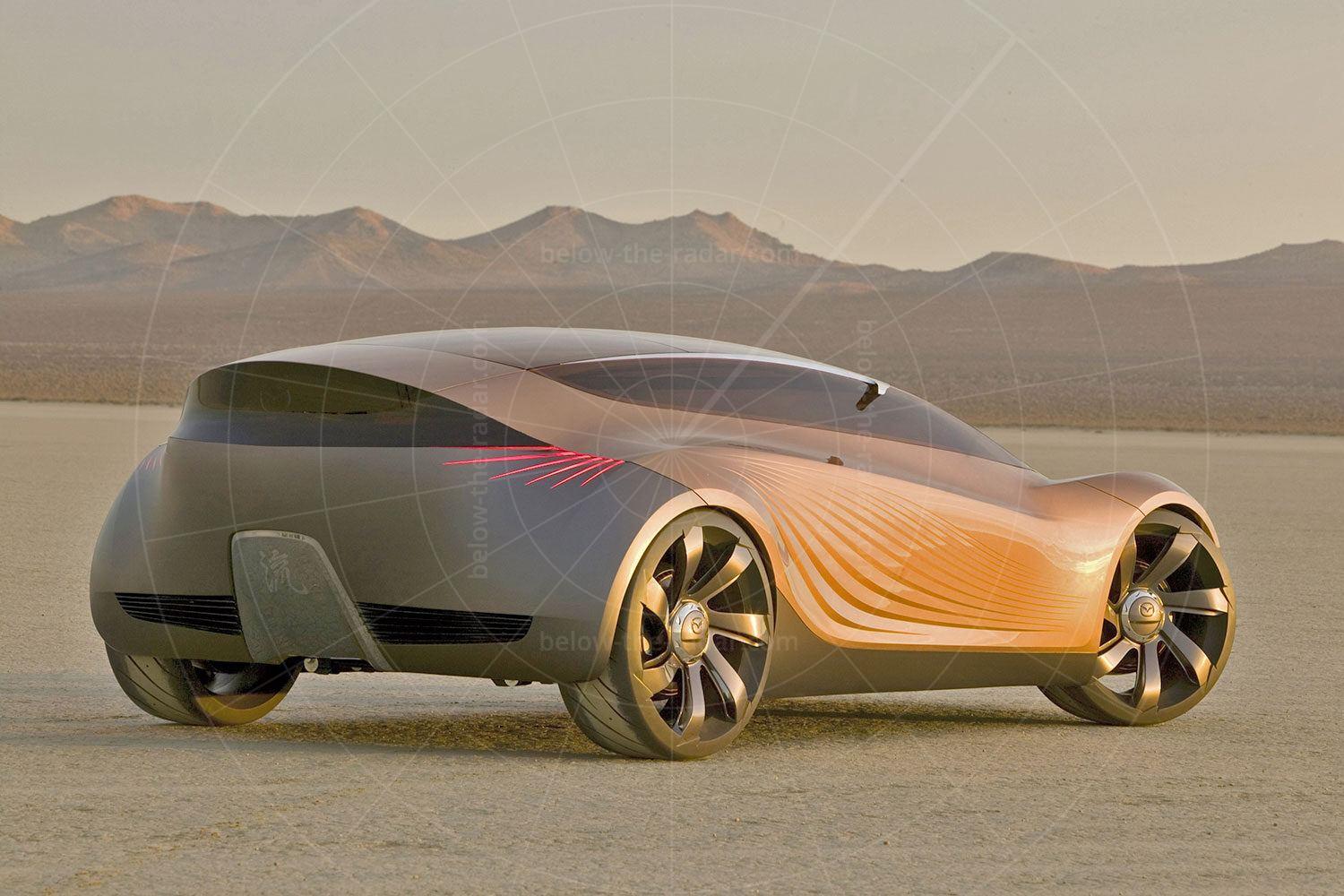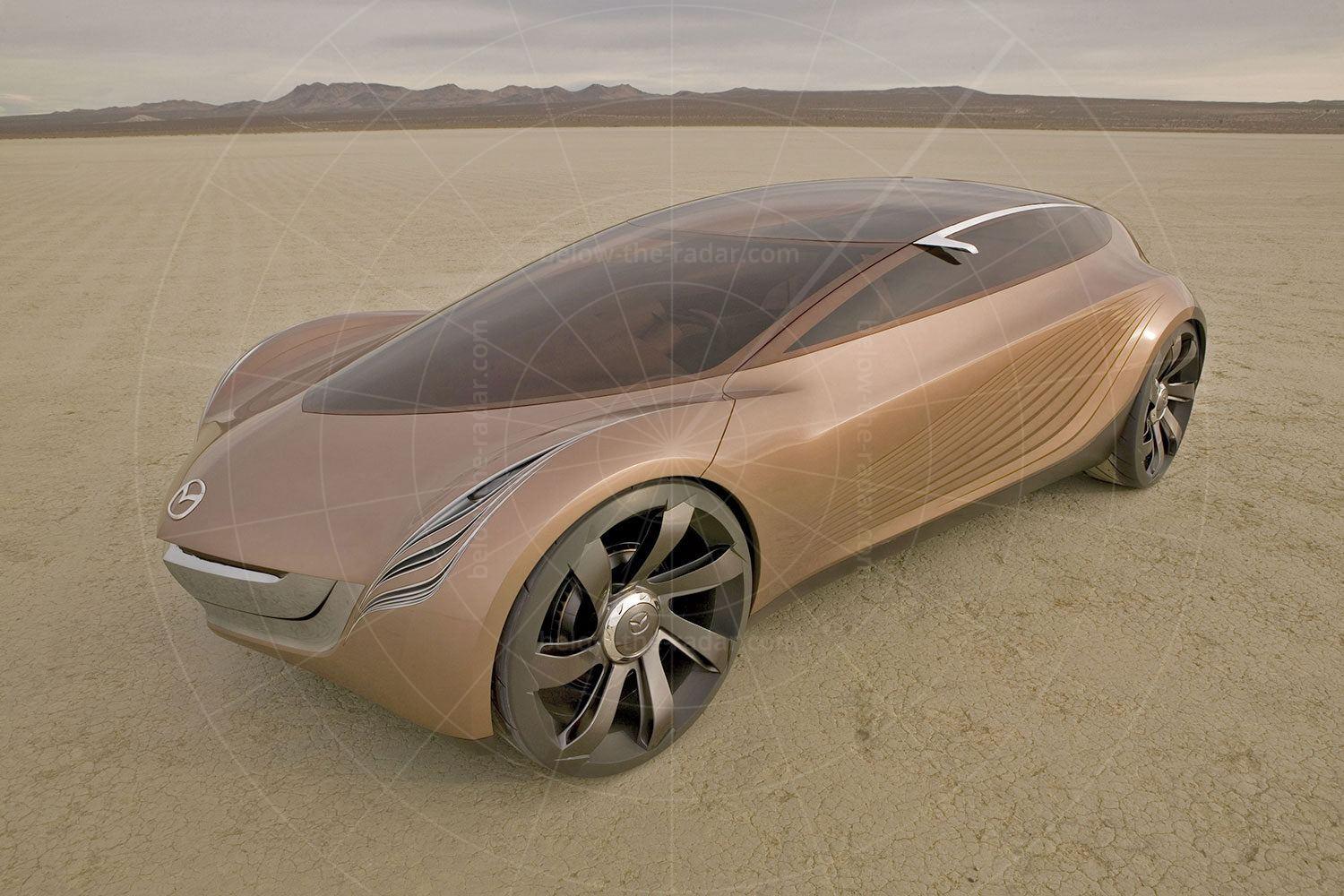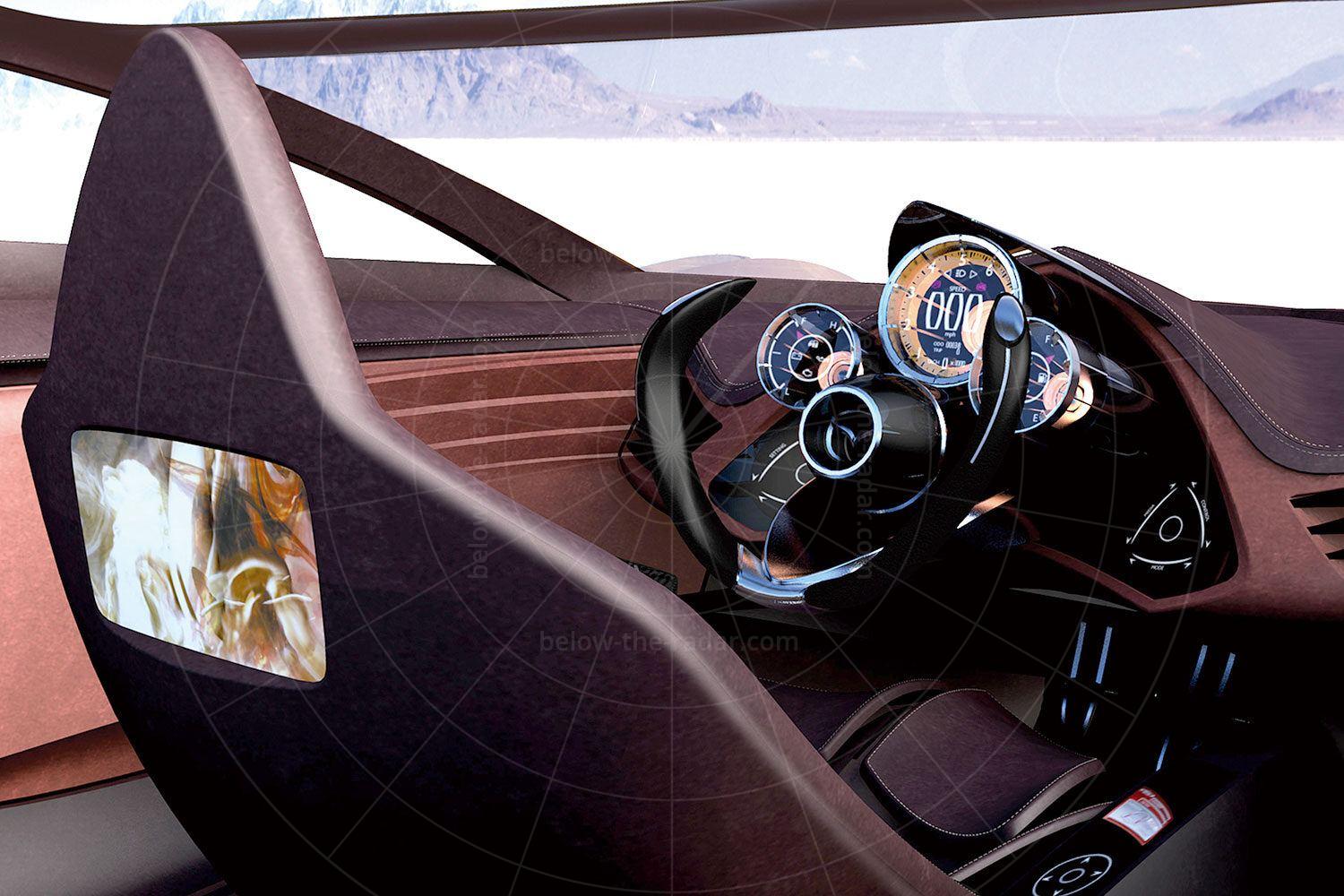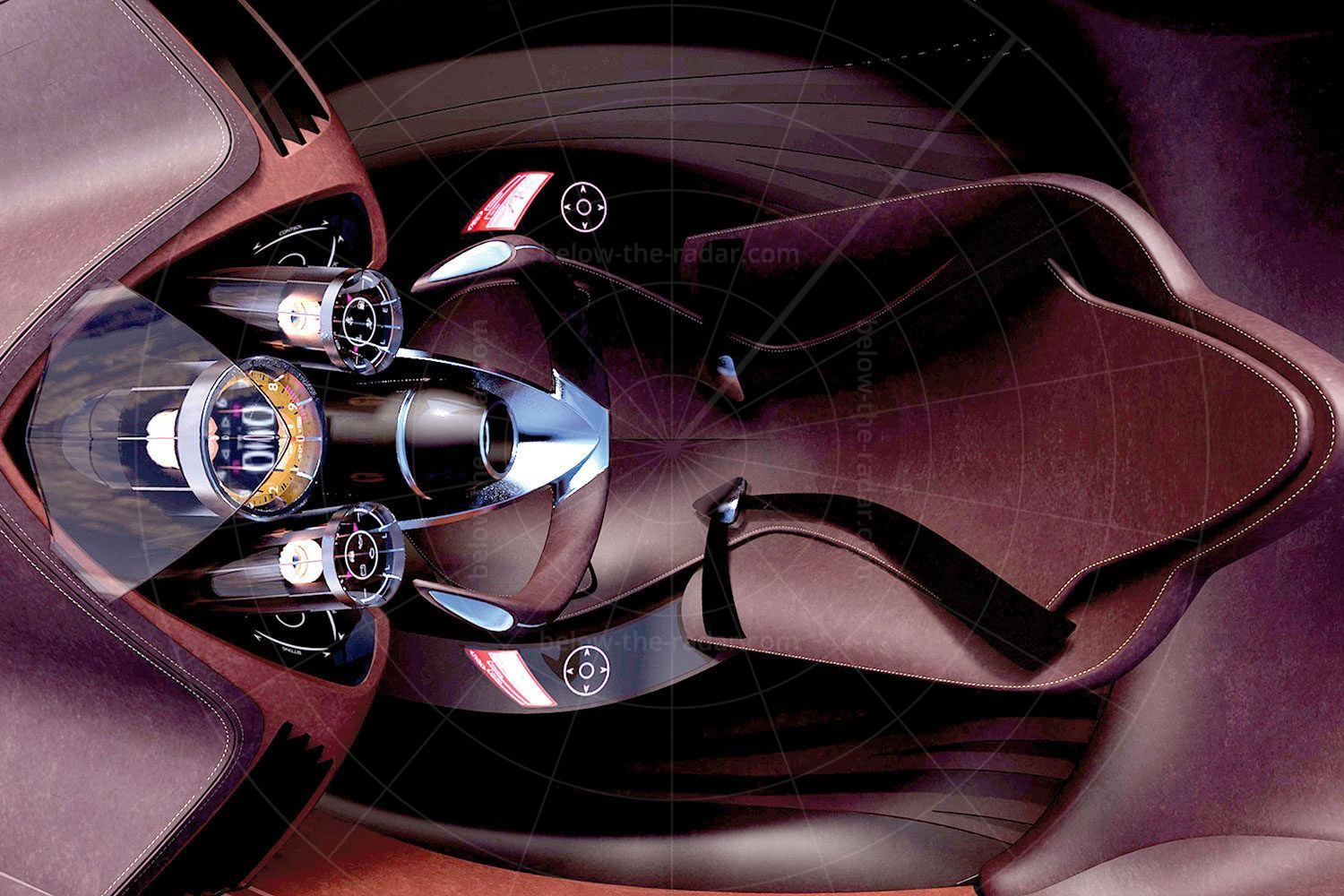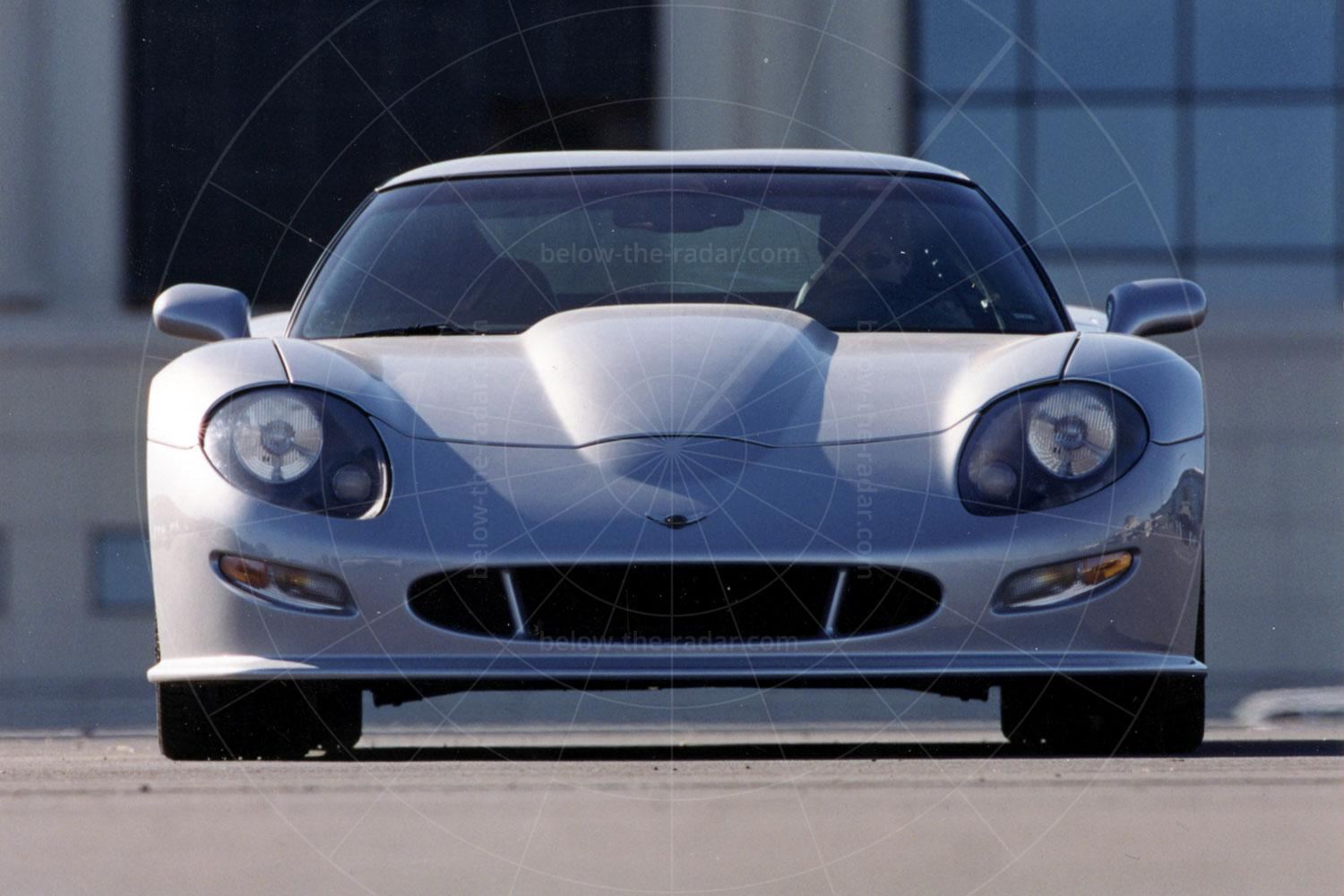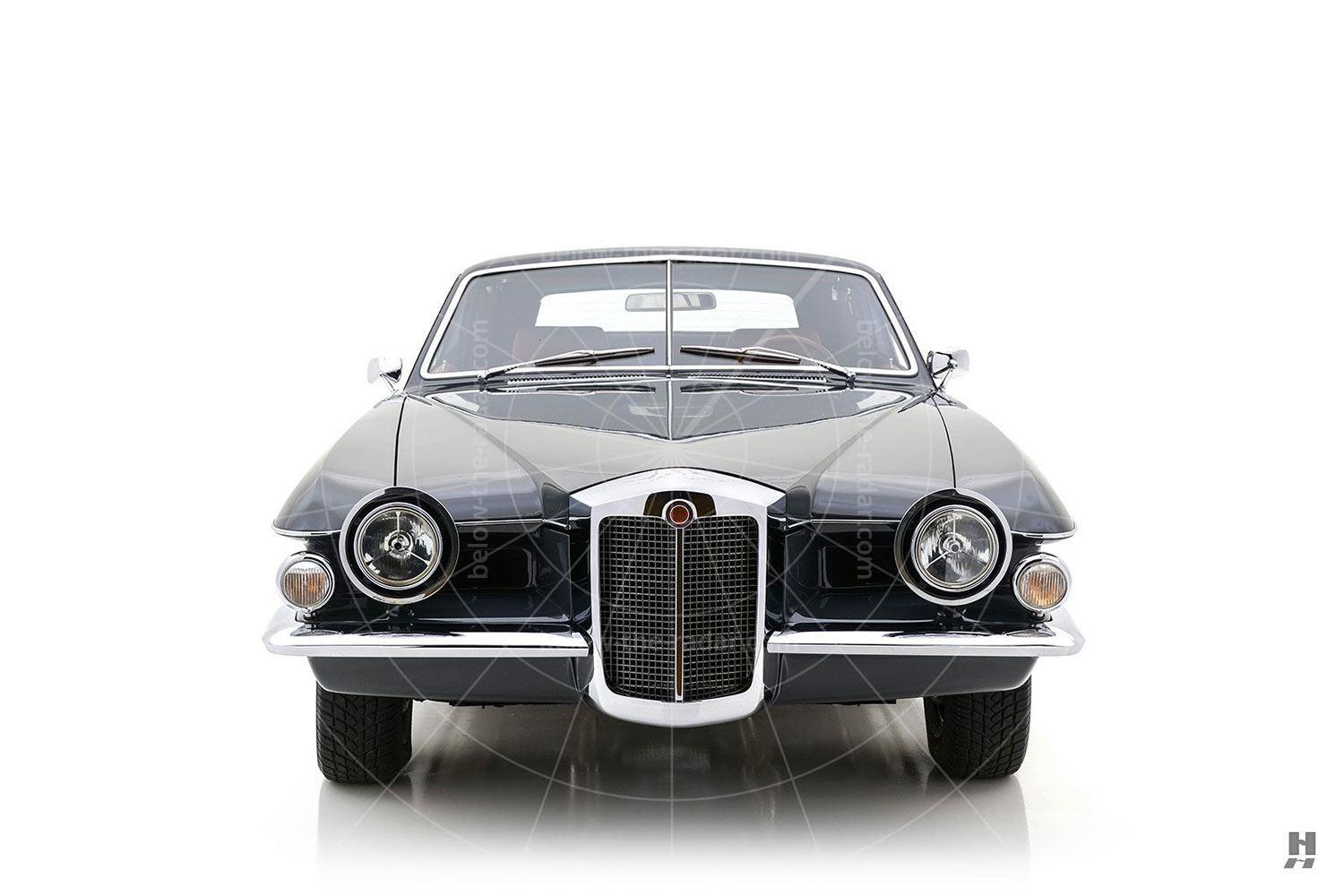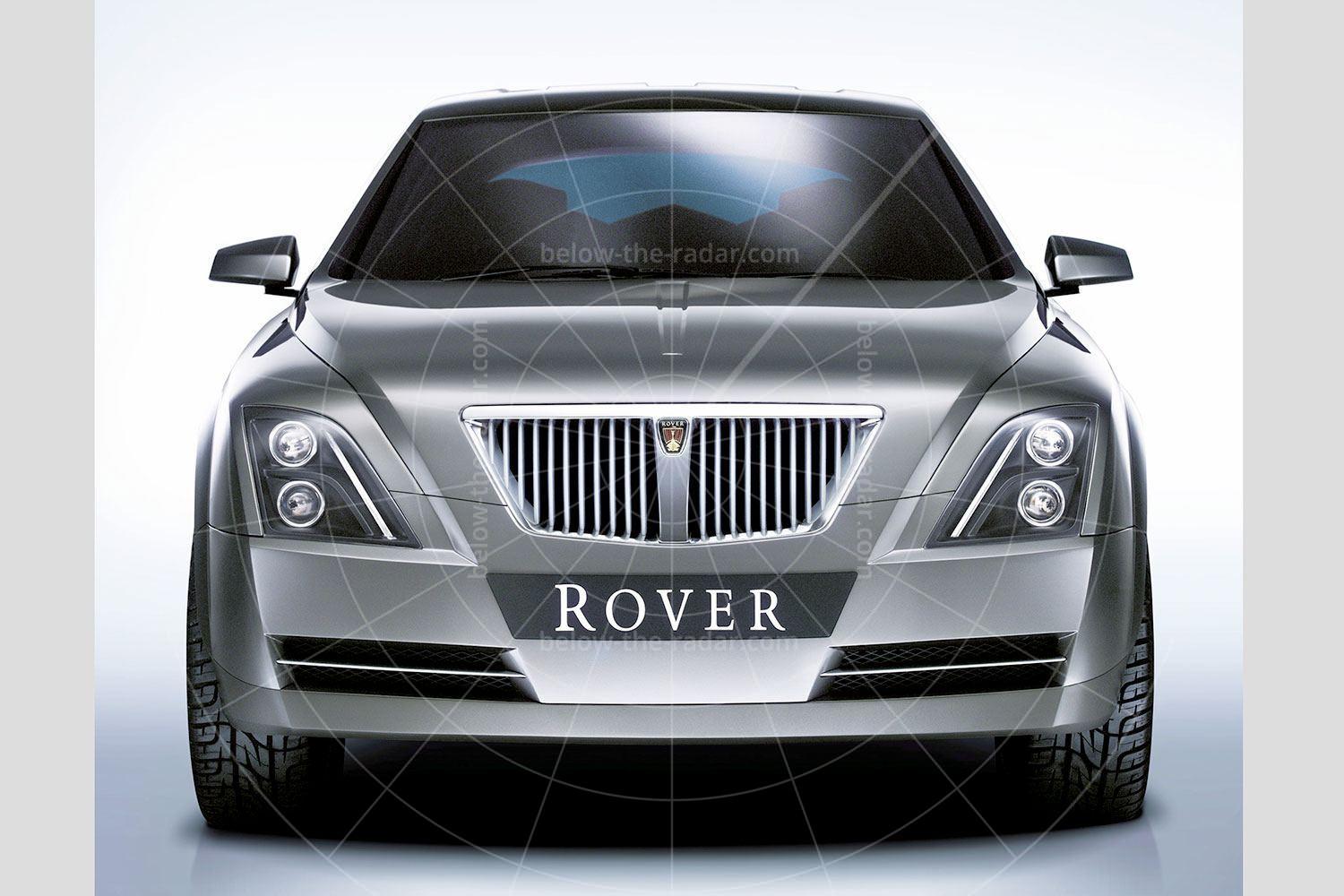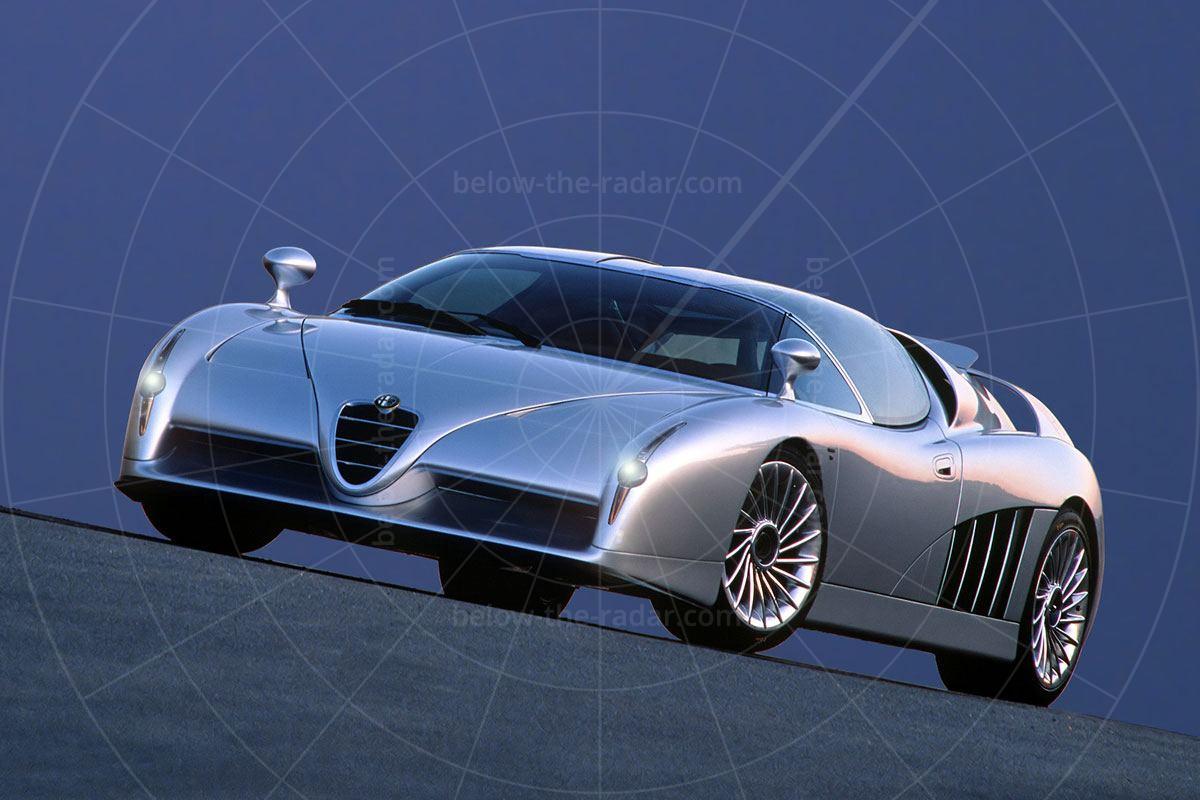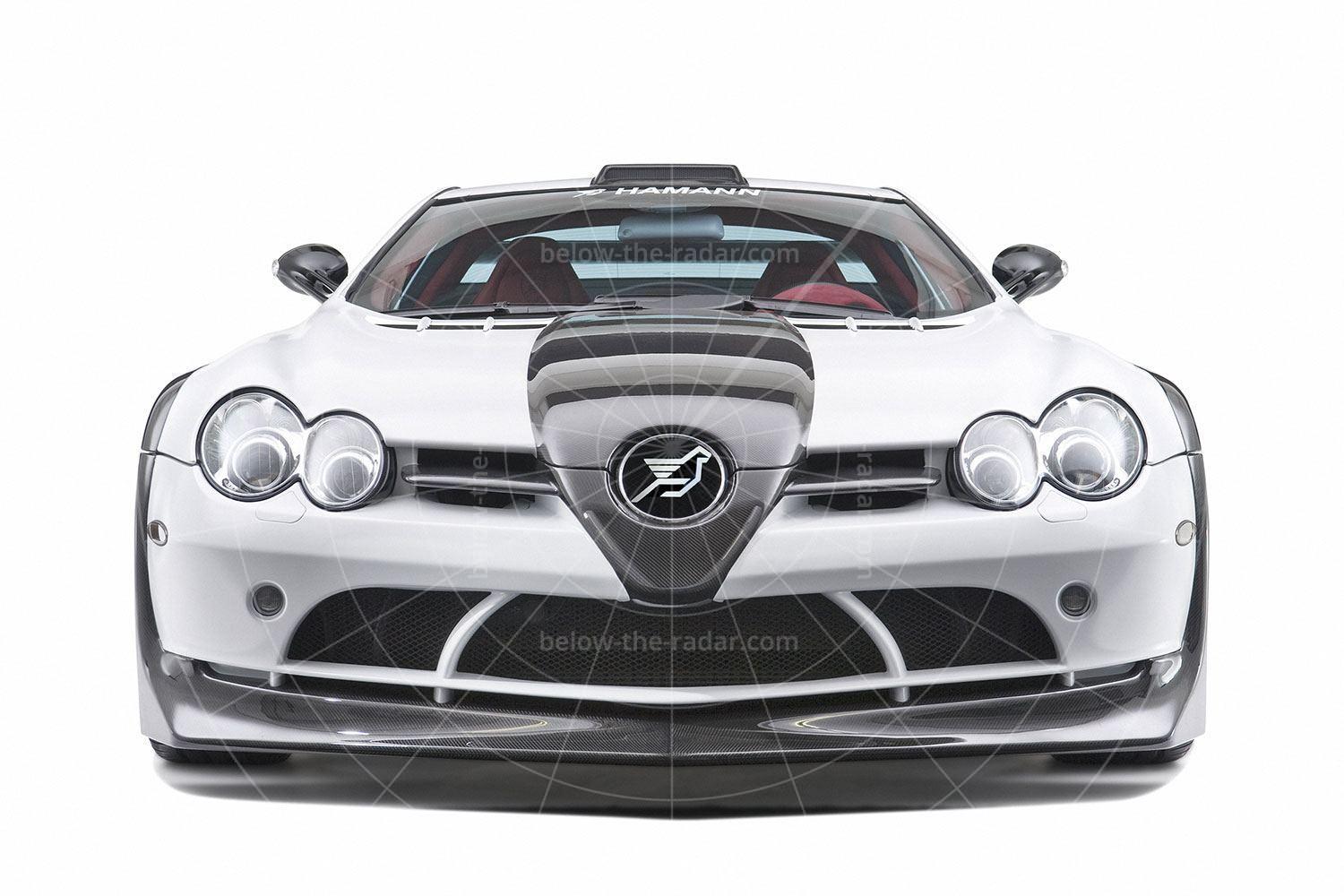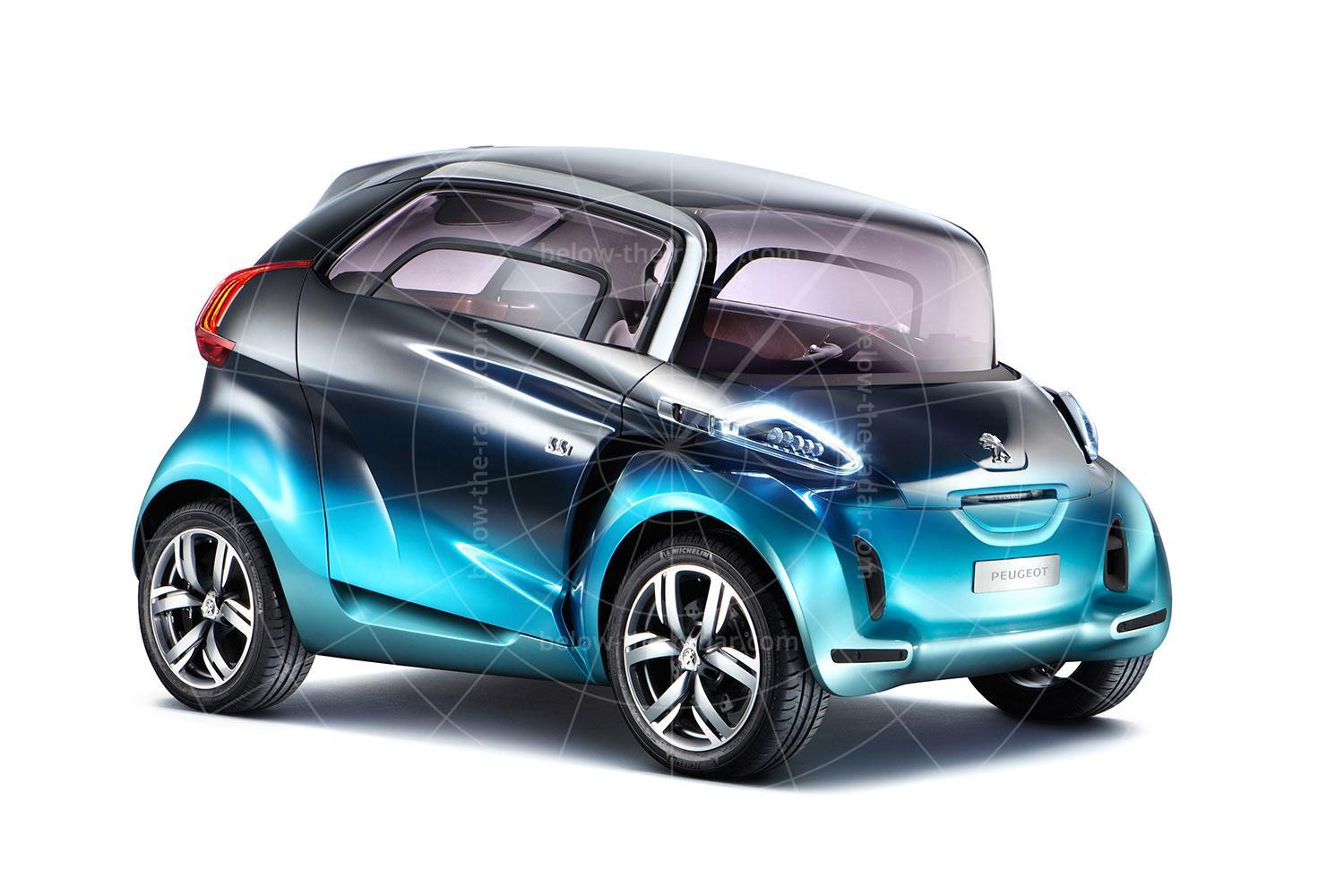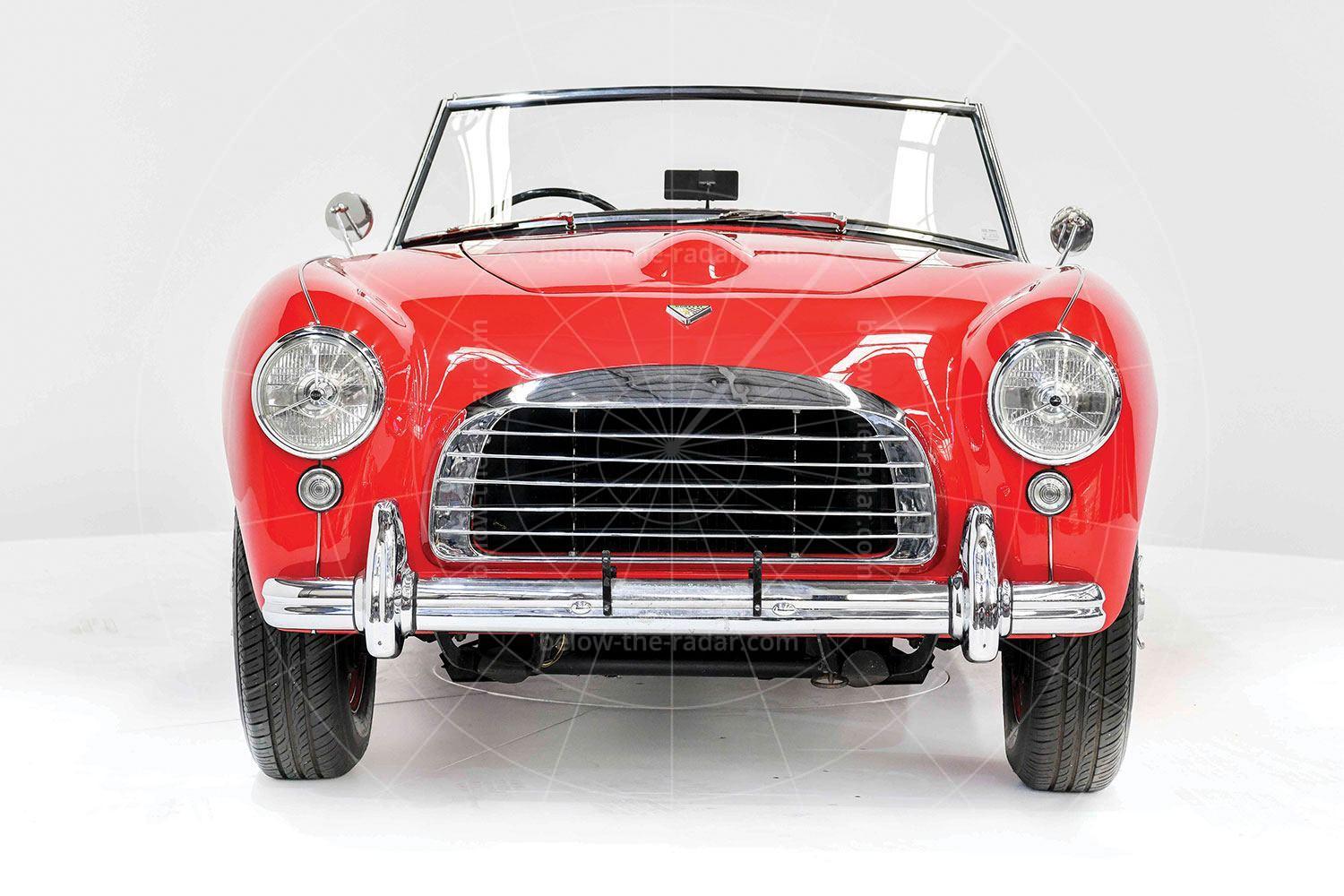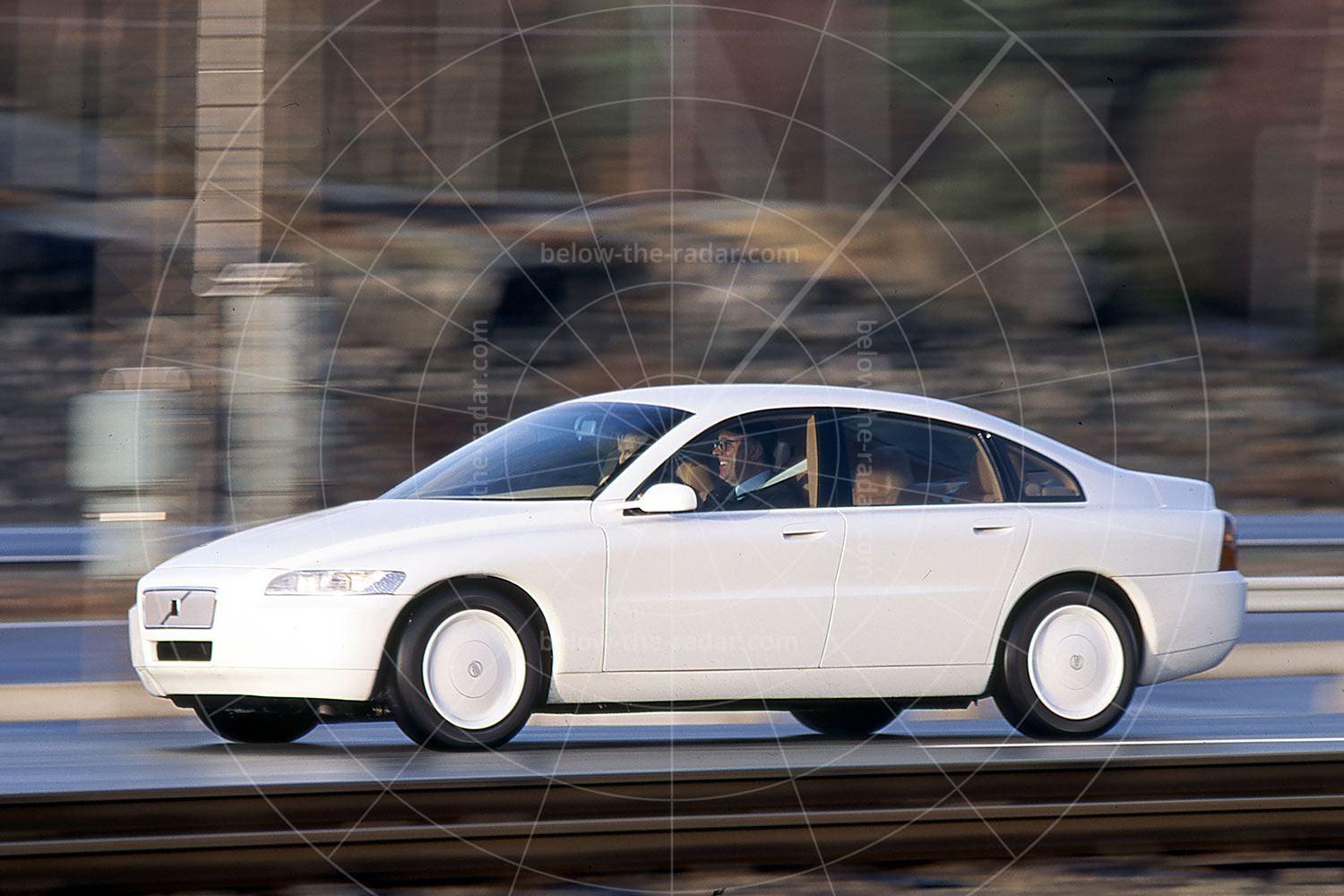Over the years Mazda has produced some of the best-looking concept cars ever. Yet few are ever thought of as seminal works; it always seems to be the Italian design houses who are credited with producing the landmark concepts. But when it comes to missed opportunities, you’ve only got to look at models like the RX-01 and MX-02 to see that Mazda has some great concept designs in its past.
But unlike many car makers, Mazda doesn’t trade on its past, even though it has a lot more heritage than you might think; instead it’s always looking to the future in a bid to constantly reinvent itself. And that was exactly what the purpose of the Nagare was; to show a new design language that would come to define Mazda’s production cars as well as a series of great-looking concepts.
The new design language was called Nagare, the Japanese for ‘flow’, and it was only fitting that the first car in the series would be known as the Nagare. The idea behind this new styling approach was that it would be the embodiment of motion, so even when stationary, any car would look as though it was moving. Such a notion is clichéd of course; for decades that’s been the aim of car designers around the globe. Whether or not you could successfully argue that Mazda achieved its aim with any of the concepts in this series is a moot point, but one thing is undeniable: they all looked sensational.
Mazda’s design team started by studying motion and the effect it has on natural surroundings: how wind shapes sand in the desert, how water moves across the ocean floor, and the look of lava flowing down a mountainside. Natural motion registers an impression in your brain and that’s what the team hoped to capture with the Nagare design language.
Once the team started sketching their ideas, they weren’t surprised to find similar quests underway in other product design disciplines. For example, they found examples of motion influencing the shape and surface of furniture, architecture and even clothing, so they knew they were on to something with their attempt to introduce the discipline to automotive design – to sensational effect.
Access to the four-seat interior was provided by two double-length doors that hinged forward and up like the wings of a butterfly. The driver was centrally located, as in a single-seat racing car, for optimum control and visibility. With the driver positioned under the highest portion of the roof, there was ample headroom with a comfortably reclined backrest. Meanwhile, the rear compartment was a wrap-around lounge offering relaxed accommodation for up to three passengers. The central front seat and expansive door opening offered easy entry to the surprisingly roomy interior, and while this looked like a pretty radical solution, it actually made a lot of sense – although it would have come at a price of course.
The fitment of a rotary engine allowed a lower nose than normal, thanks to the rotary powerplant’s inherently compact dimensions. The use of LED lighting at the front also helped with that lower nose, while at the rear it allowed for a more characterful tail lamp display. Not that the Nagare needed it; this was a car that was packed with character from bumper to bumper.
As the first in a series of design-led concepts, Mazda didn’t offer any information on any of the techologies it might contain, save for some sketchy details of a potential powertrain. Indeed, it’s likely that the Nagare wasn’t even a runner; this wasn’t intended to be a technological tour de force, but a stylistic one.
With the car supposedly slated for an introduction more than a decade after it was first revealed, it was a given that propulsion systems would have changed significantly. Mazda suggested that the Nagare would be powered by a hydrogen-fuelled rotary engine. As such it would be unique; nobody else was still working with rotary engines, although hydrogen as a fuel source was becoming increasingly popular. In some cases, such as with BMW, hydrogen was used to fuel generally conventional internal combustion engines, while other car makers were using it in conjunction with fuel cells – a technology which was still more than a decade into the future for production cars, when the Nagare was unveiled.
Upon the Nagare’s unveiling Franz von Holzhausen, Mazda’s North American design director explained: “We’re looking well down the road with Nagare. We want to suggest where Mazda design will be in 2020. We develop these ideas to demonstrate what we really intend to build and sell.” Well 2020 is here and we're still waiting for something like the Nagare to hit the road. Maybe in another 20 years…
| Vital statistics | |
|---|---|
| Debut | Los Angeles 2006 |
| Design head | Franz von Holzhausen |
| Design director | Laurens van den Ackers |
| Engine | Front-mounted, hydrogen-powered rotary (proposed) |
| Transmission | Likely to be a semi-automatic or sequential manual |

